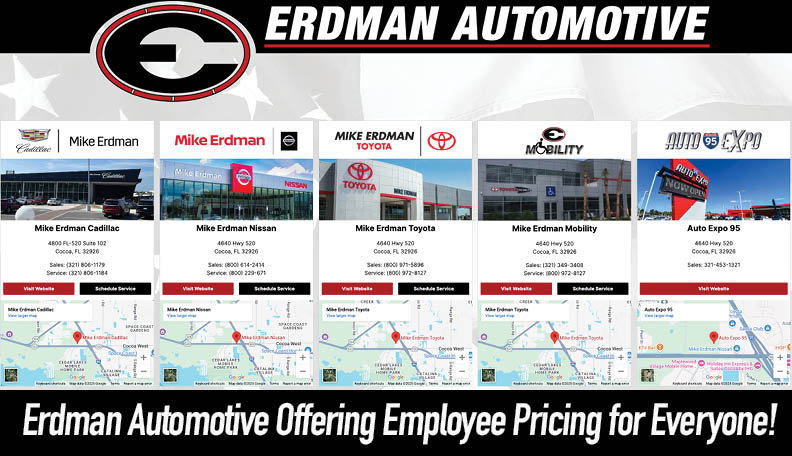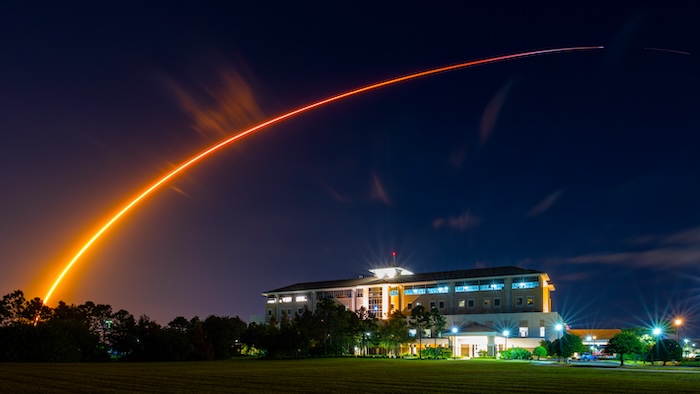Behind Closed Doors: What Happens At a State-of-the-Art Production Facility
By Space Coast Daily // May 27, 2024

In the landscape of food production, the importance of advanced manufacturing facilities cannot be overstated. These hubs of innovation and efficiency are not just places where products are made; they are where visionary ideas become tangible goods that nourish millions.
Today, we take you behind the doors of a state-of-the-art production facility to discover what sets these colossal operations apart and how they keep pace with the demands of a dynamic market.
The Heart of Innovation
At the core of any leading-edge production facility is its commitment to innovation. From robotics to real-time data analytics, these factories employ the latest technological advancements to streamline operations and boost productivity. The adoption of automation in various stages of production not only enhances precision but also minimizes human error, leading to consistent product quality.
Central to these innovations are the research and development (R&D) teams. These groups of talented individuals are the masterminds behind the scenes, continually pushing the boundaries of what can be achieved within the confines of their factories. They experiment with new processes, materials, and technologies to keep their facilities at the forefront of the industry.
In these centers of creativity and efficiency, the goal is not just to keep up with trends but to create them. These facilities are not just manufacturing products but breeding grounds for ideas for your food and drink business, fostering advancements that redefine market standards.
Private Label Prowess
One of modern production facilities’ most significant yet underappreciated aspects is their ability to cater to private label needs. A food manufacturer that creates products for private labeling holds a unique position in the supply chain, offering retailers and brands the chance to sell high-quality goods under their names. This helps businesses cultivate brand loyalty among consumers and allows them to offer exclusive products without the overhead of manufacturing.
From organic health foods to specialty beverages, the capacity to pivot and adapt to client needs is immense. The strategic advantage lies in its holistic approach to manufacturing, which includes production, packaging, labeling, and compliance with health standards.
In this dedicated environment, quality control is paramount. Each batch of products undergoes rigorous testing to ensure that it meets the stringent standards expected by clients and consumers alike. This attention to detail sets apart a food manufacturer that creates products for private labeling, making it a key player in the competitive packaged goods market.
Sustainability and Ethical Practices
Sustainability is not just a buzzword in modern manufacturing; it’s a critical operational pillar. The industry’s leading facilities are making significant strides in reducing their environmental footprint, recognizing that sustainable practices are not only good for the planet but also appeal to the increasingly eco-conscious consumer base.
This commitment to sustainability manifests in various forms, from utilizing renewable energy sources to reduce carbon emissions to implementing water-saving processes throughout production. Waste reduction strategies are also a primary focus, with many facilities employing state-of-the-art recycling technologies to ensure that all materials are reused or disposed of responsibly.
Ethical practices extend beyond environmental concerns. The leading production facilities are also dedicated to upholding the highest standards of labor practices, ensuring that all employees are treated fairly and work in safe, healthy conditions. This ethical approach enhances the workforce’s morale, boosts productivity, and fosters a positive corporate image.
Leveraging Advanced Logistics and Supply Chain Management
Efficient logistics and sophisticated supply chain management are the backbones of any top-tier production facility. In an industry where timing and distribution play crucial roles, the ability to effectively manage logistics not only ensures a steady flow of products to the market but also significantly reduces overhead costs.
At the heart of this logistical prowess is an advanced tracking system that monitors every aspect of the supply chain in real-time. From raw material sourcing to final product delivery, each step is meticulously recorded and analyzed to optimize the process and prevent disruptions. This system allows the facility to maintain a lean inventory, reducing waste and ensuring that resources are utilized efficiently.
Collaboration with trusted transport partners ensures that products reach their destinations promptly, maintaining their quality and freshness. These partnerships are built on mutual trust and shared values of punctuality and reliability, which are essential for maintaining a seamless supply chain in a competitive market.
The Future of Food Production Facilities
Looking ahead, the future of food production facilities seems poised for even more groundbreaking changes. Innovations in biotechnology, artificial intelligence, and machine learning are expected to usher in new methods of production that could further revolutionize the industry. These technologies promise to enhance efficiency and create entirely new types of food products that could change how we think about nutrition and consumption.
As consumer preferences shift towards personalized and health-conscious options, facilities must adapt to these trends. This could involve greater flexibility in production processes or a move towards more localized manufacturing models to reduce transportation emissions and cater to local tastes.
Integrating these advanced technologies and adaptive strategies signifies a shift toward more agile, responsive, and sustainable production models. This evolution will meet the growing demands of a global consumer base and contribute to a more sustainable and ethical approach to food production.
A Glimpse Into the Future
By setting benchmarks in innovation, sustainability, and efficiency, they play a pivotal role in shaping the future of food production. These facilities are not merely places where products are made; they are visionaries in the vast industry landscape, constantly evolving and adapting to the needs of both the market and the environment. As we move forward, the continued advancement of these production powerhouses will undoubtedly play a crucial role in meeting the challenges of an ever-changing global landscape, ensuring that the world remains well-fed, responsibly, and sustainably.












